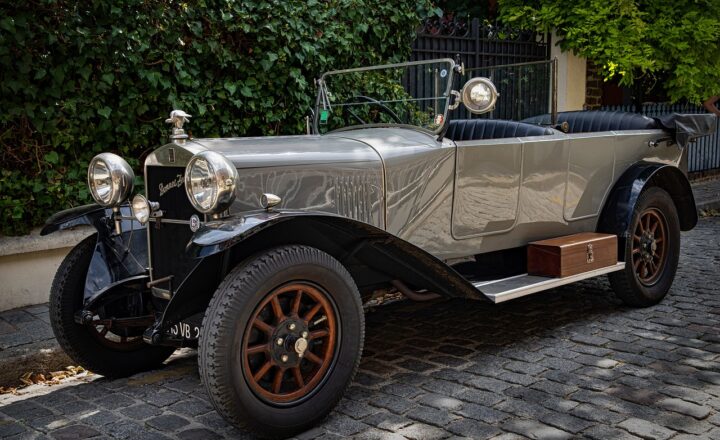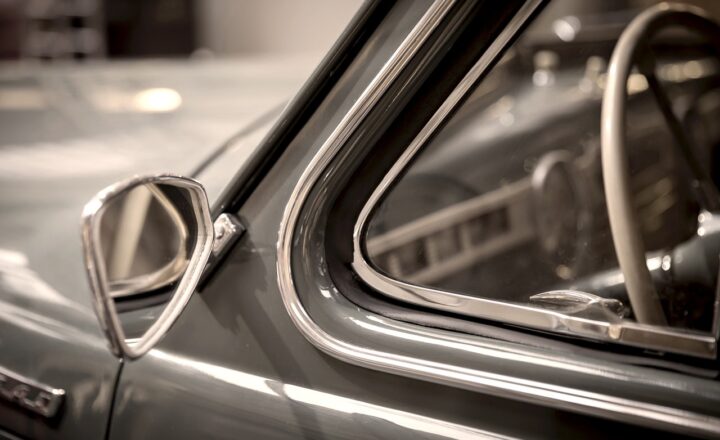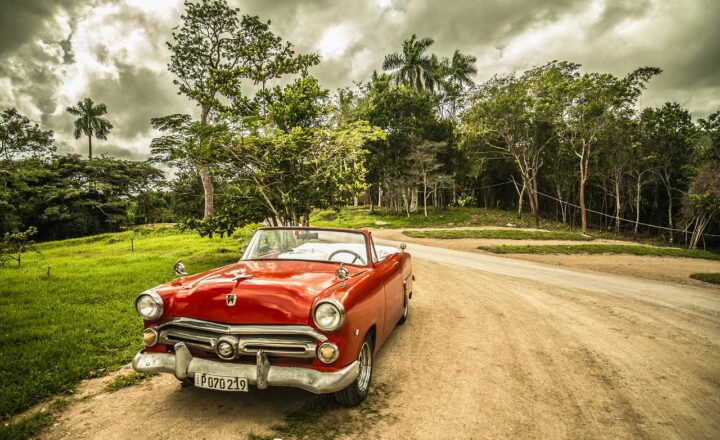The Legacy of the Volkswagen Beetle: From Counterculture Icon to Family Car
November 13, 2024

The Volkswagen Beetle is more than just a car; it is an icon that represents a profound narrative interwoven with emotion, history, and evolving societal values. From its inception in the 1930s to its retirement in recent years, it has undergone various transformations, captivating generations while leaving an indelible mark on car culture worldwide.
1. A Brief History of the Volkswagen Beetle
The origins of the Volkswagen Beetle date back to the late 1930s when Ferdinand Porsche designed it under the direction of Adolf Hitler. The aim was to create an affordable vehicle that could accommodate the needs of the German people during a time of economic hardship. The first prototype, called the “Volkswagen Type 1,” was built in 1938 at a factory in the newly formed city of Volkswagen.
However, mass production was curtailed by World War II, and it wasn’t until after the war that the Beetle truly began to thrive. Promoted as the “people’s car,” it became a symbol of post-war recovery in Germany and gained immense popularity around the globe, particularly in the United States. The Beetle’s unique design and efficiencies made it a practical choice for families, a trend that would continue for decades.
2. The Beetle’s Rise as a Counterculture Icon
As the 1960s rolled around, the Volkswagen Beetle garnered recognition as an emblem of the counterculture movement. Young people embraced it for its quirky design and affordable price, which symbolized rebellion against the traditional car culture dominated by muscle cars.
The Beetle’s lightweight, air-cooled engine made it not only economical but also an apparent choice for young drivers craving independence. Its association with the hippie movement became particularly prominent, with many painting the cars in vibrant, psychedelic designs, turning them into mobile canvases of self-expression.
Popular culture also played a significant role in solidifying the Beetle’s status. Films like “The Love Bug,” featuring the adorable racing Beetle named Herbie, introduced it to an even broader audience. This affection for the car saw it transform from a utility vehicle to a beloved icon, reflecting the social upheaval and vibrant spirit of the 60s.
3. Transformations Over the Years
The Volkswagen Beetle has experienced an impressive evolution throughout its production run. The classic model seen in the 60s remained largely unchanged for several decades, preserving its unique curvaceous design. However, in the late 1990s, Volkswagen began looking to modernize the Beetle while maintaining the essence of what made it charm generations.
In 1998, the company unveiled the New Beetle, which featured a more rounded design inspired by its predecessor. It was equipped with modern amenities and engineering, appealing to a new generation of drivers while still evoking nostalgia. The New Beetle even featured unique options, such as a semi-convertible edition, allowing customers to customize their vehicles extensively.
In 2011, Volkswagen introduced an updated version of the Beetle, known as the Beetle A5. This model aimed at a broader demographic, integrating sportier features and a vintage aesthetic while appealing to both new buyers and aging fans of the original model.
4. The Multifaceted Appeal of the Beetle
The Volkswagen Beetle’s versatility and appeal have allowed it to transcend generations and demographics. Initially designed as a family car, it has proven its ability to adapt to contemporary needs and lifestyles. Features such as a spacious interior, rear-engine design, and economical fuel use made it a family-friendly choice right from the beginning.
Beyond families, the Beetle has also attracted enthusiasts through its ease of customization. Many owners take pride in personalizing their vehicles, often spending significant time and resources to enhance their Beetles’ appearance and performance.
Moreover, the car’s relatively straightforward mechanics make it a favorite among aspiring mechanics and automotive enthusiasts; it serves as a great introduction to car repair and restoration. This enduring interest continues to foster communities that celebrate the Beetle through car shows, clubs, and rallies.
5. The End of an Era: Farewell to the Beetle
In 2019, Volkswagen announced that it would discontinue the production of the Beetle by 2020, marking the end of an era. Despite its rich history, the brand pivoted towards electric vehicles and other market trends in an increasingly eco-conscious environment. The rise of SUVs and electric cars also played significant roles in the decision to retire the Beetle.
However, even in its final years, the Beetle remained a beloved symbol, celebrated by devoted fans and collectors worldwide. Events such as the annual “Volkswagen Beetle Festival” continue to gather enthusiasts, showcasing modified models and the vibrant community that has formed around this iconic vehicle. Fans have dedicated entire sites and clubs, sharing detailed restorations and stories of the memories associated with their Beetles.
6. The Legacy of the Volkswagen Beetle
The Volkswagen Beetle is not just a car; it is a part of automotive history. Its development over the decades reflects shifting societal trends, technological advancements, and changing consumer needs. From its inception as the “people’s car” to its presence in the counterculture movement, the Beetle resonated with millions around the globe.
Its legacy remains, influencing design and automotive culture while still inspiring new models and electric vehicle concepts aiming to replicate its charm. While the last Beetle rolled off the production line, its spirit continues to live on, cherished by those who understand the history behind this remarkable vehicle.
Conclusion: A Timeless Icon
In a world where car designs continuously evolve, the Volkswagen Beetle has established itself as a timeless icon. Its story intertwines with the fabric of society, encapsulating the essence of freedom, community, and nostalgia. No matter the direction the automotive world takes, the legacy of the Beetle will endure, reminding us of a time when driving was about more than just transportation – it was part of a larger cultural experience.
Today, as electric and autonomous vehicles take center stage, drivers and car enthusiasts alike will always hold a place in their hearts for the Volkswagen Beetle, a little car that left a big mark on history.







